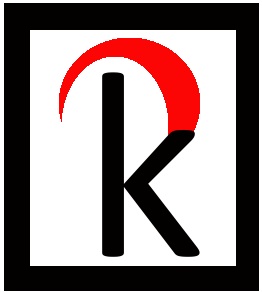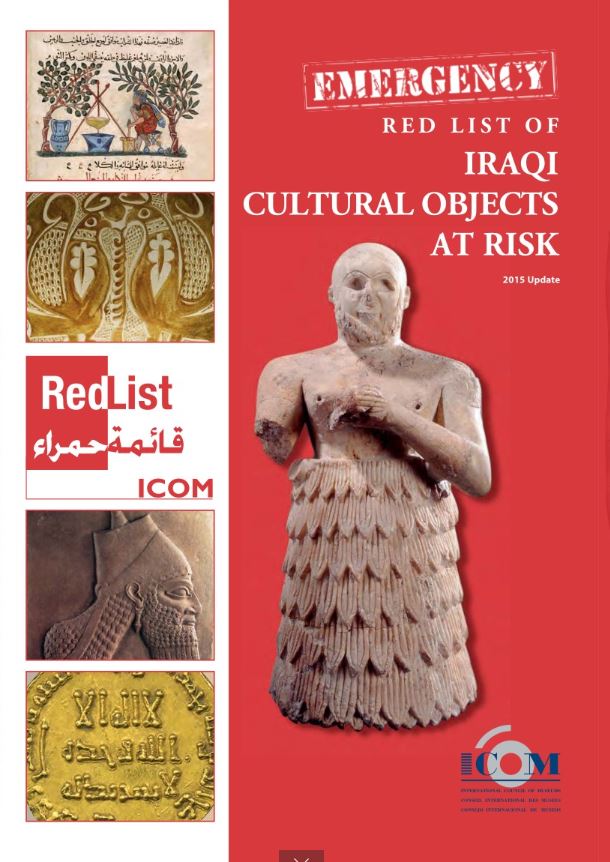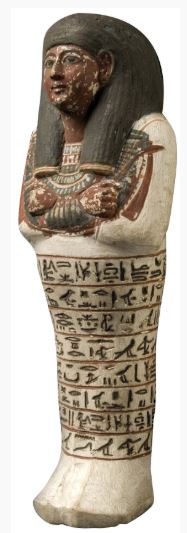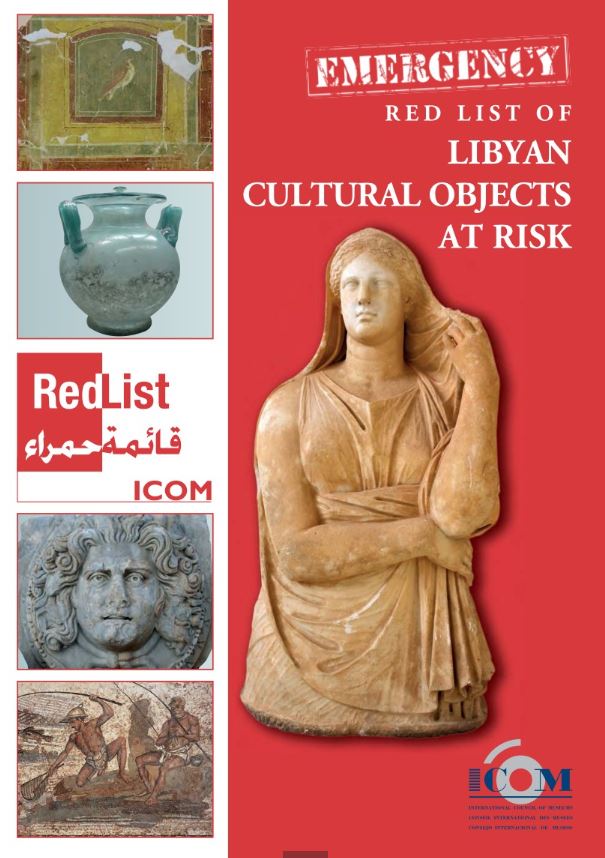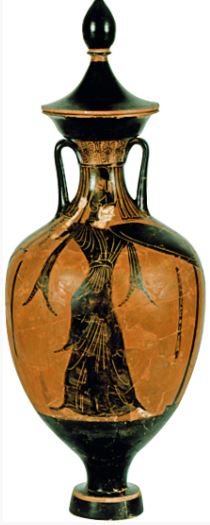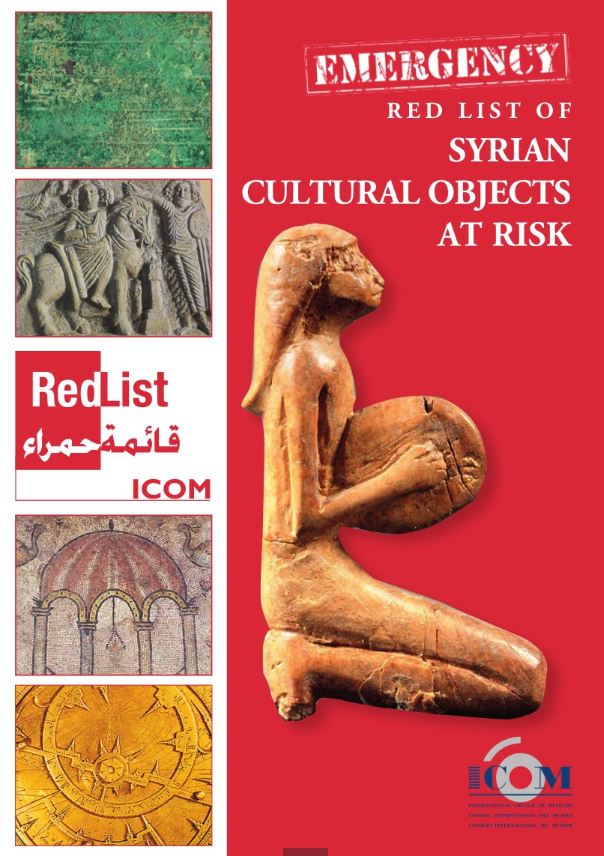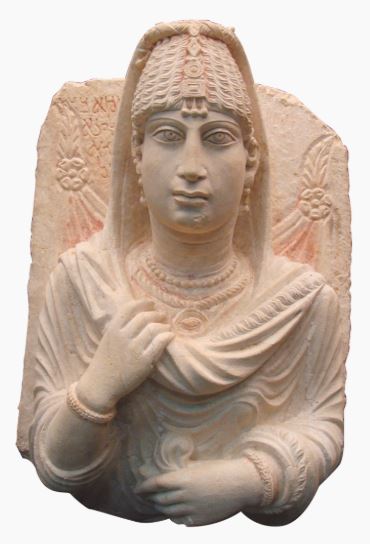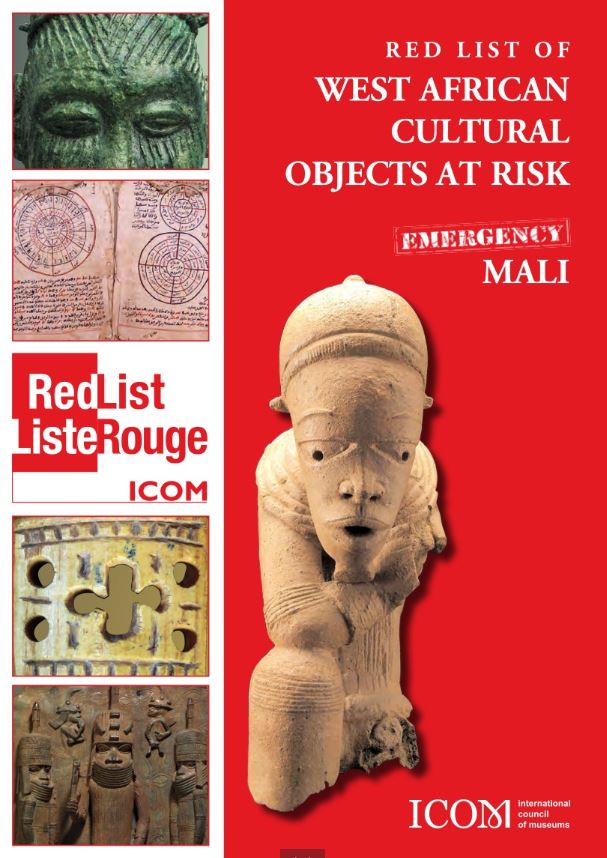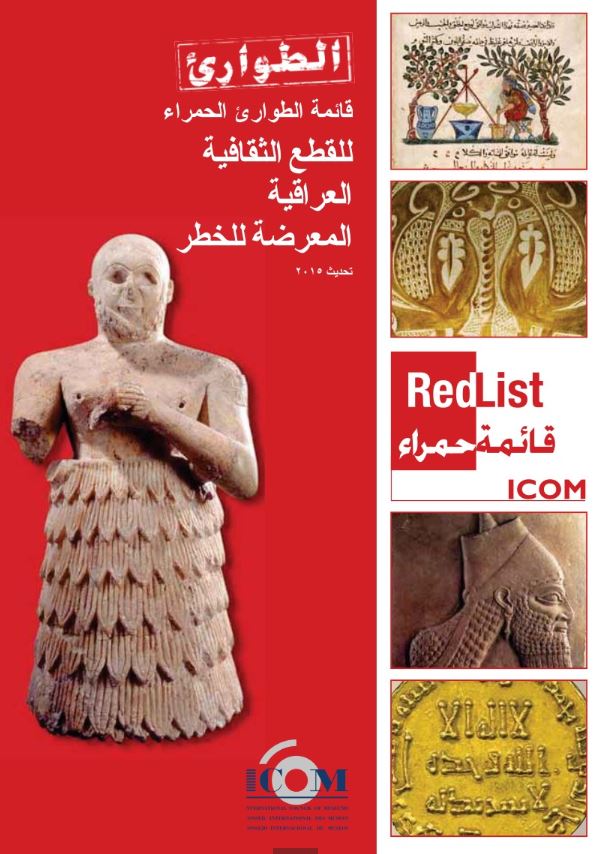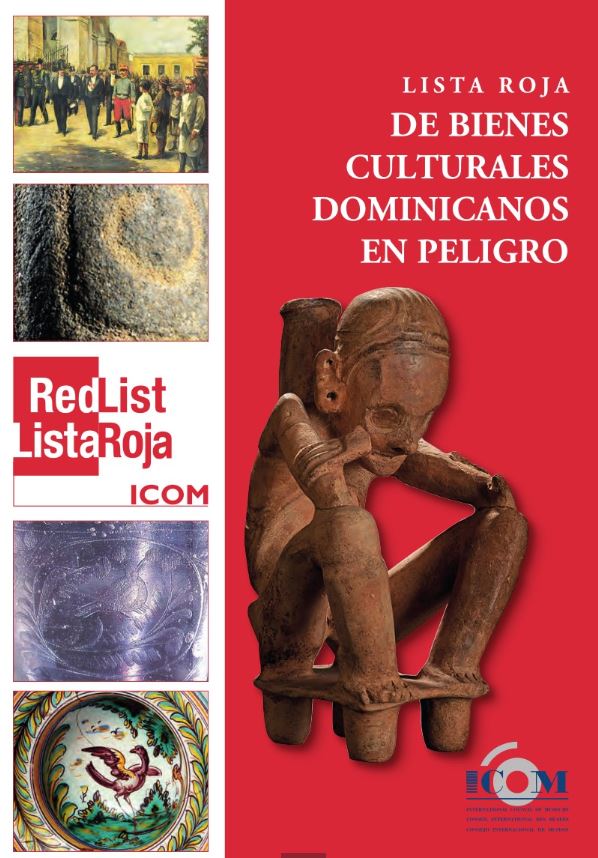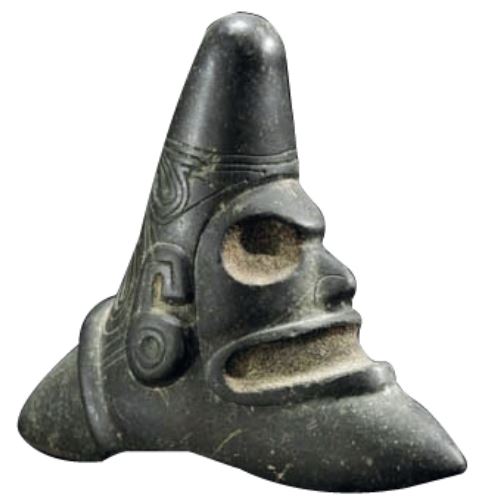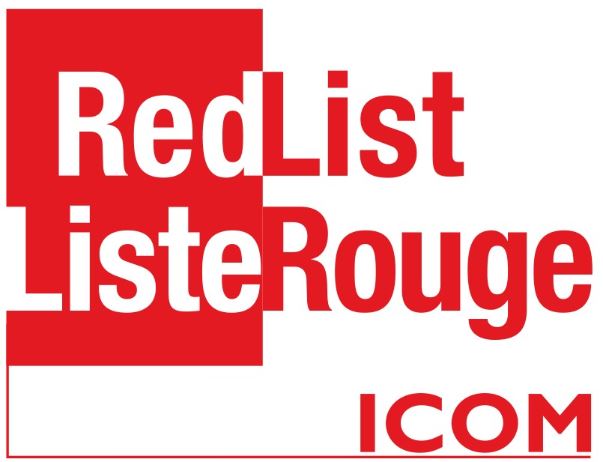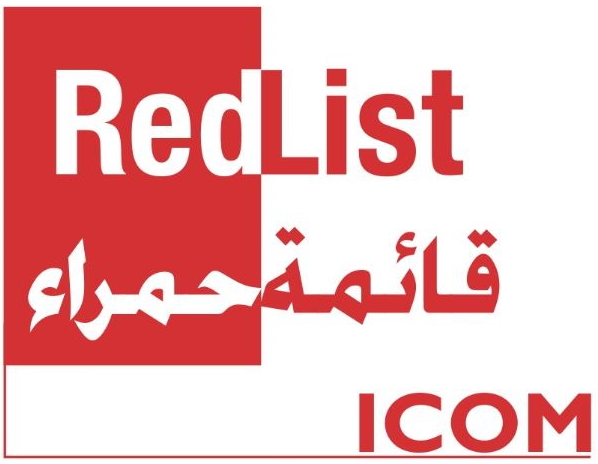Speaking (virtually) at the Art Crime Seminar, a novel experience
New times bring new and exciting challenges! On July 13, 2020, I had the pleasure of being invited back to speak at the Art Crime Seminar given by Sotheby’s Institute of Art. Though this time with a small twist: for the first time the seminar was fully on-line.
The recent Covid pandemic has forced institutions to work differently, and this has opened the doors to many new possibilities. Not the least amongst which is that students from all over the world were able to attend the seminar without having to worry about transport, food and housing.
The topic I presented this year was “Using documentation to counter the illicit trade”. It was a pleasure reaching out to young students on this subject, which touched on a vast variety of different sub-subjects, and see them engage with it and ask questions to further their understanding.
I’m, as always, grateful to Sotheby’s Institute of Art for the opportunity to teach with them, and look forward to the next occasion to do so.
Renata Kaminker - Fine Art Solutions was invited by Sotheby's Institute of Art to talk at its Art Crime seminar
On July 8, 2019, and for the third year in a row, Renata Kaminker was invited to speak at Sotheby's Institute of Art’s Art Crime Seminar. We were delighted to have been included in this year’s programme, alongside such prestigious names as Vernon Rapley (Director of Cultural Heritage Protection and Security at the V&A), Peter Stone OBE (Professor at Newcastle University and UNESCO Chair in Cultural Property Protection and Peace), Noah Charney (Founder of ARCA), and Marc Masurovsky (Co-Founder of the Holocaust Art Restitution Project in Washington DC).
Over the course of half a day, Renata presented an overview on art crime, from the typologies of art crimes (theft and looting, heritage destruction, fakes and forgeries, artnapping…) to the main international legal framework, as well as the central players and tools in the fight against illicit trafficking. She also introduced students to what type of information should be included in due diligence procedures, the types of technical analyses that can be performed and the different types of inventories being used.
The presentation served as a general introduction to the biggest aspects of fighting art crime and helped students understand the who, what and how of this field. It was a true pleasure and honour to have been part of training a new generation of conscientious art market professionals.
#throwbackthursday Project management of ICOM’s Red Lists of Cultural Objects at Risk
Over the course of several years, I was in charge of managing ICOM’s Red Lists of Cultural Objects at Risk. Ispecifically worked on the Emergency Red Lists for Iraq, Egypt, Syria, Libya, and the Mali section in the West African list, as well as the regular Red List for the Dominican Republic.
I also monitored and reported on emergency situations for museums and cultural heritage sites for ICOM and the International Committee of the Blue Shield, and training of museum professionals on fighting illicit trafficking of cultural goods, collections inventory, and emergency situations.
Projects were finished on or ahead of schedule, and under budget. This allowed for the remaining funds to be invested in new Red Lists as the demanded required them. It was an honor to work on these long-lasting tools dedicated to fighting illicit trafficking of cultural goods around the world, and specifically in conflict areas.
The success of the Watch Lists was illustrated by the request of the US Blue Shield Committee to have a list drawn for Libya, to be given to NATO before the air strike. The result was that extensive site damage was avoided, thanks to NATO having their exact coordinates.
